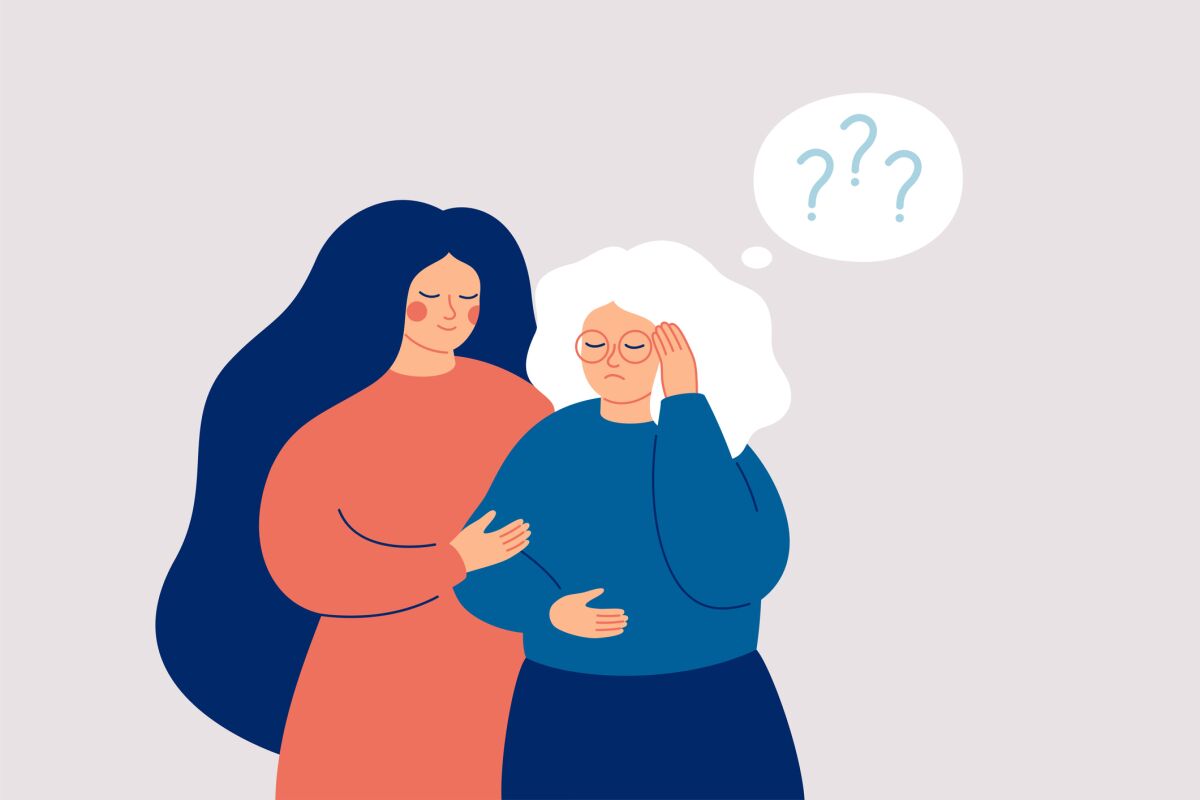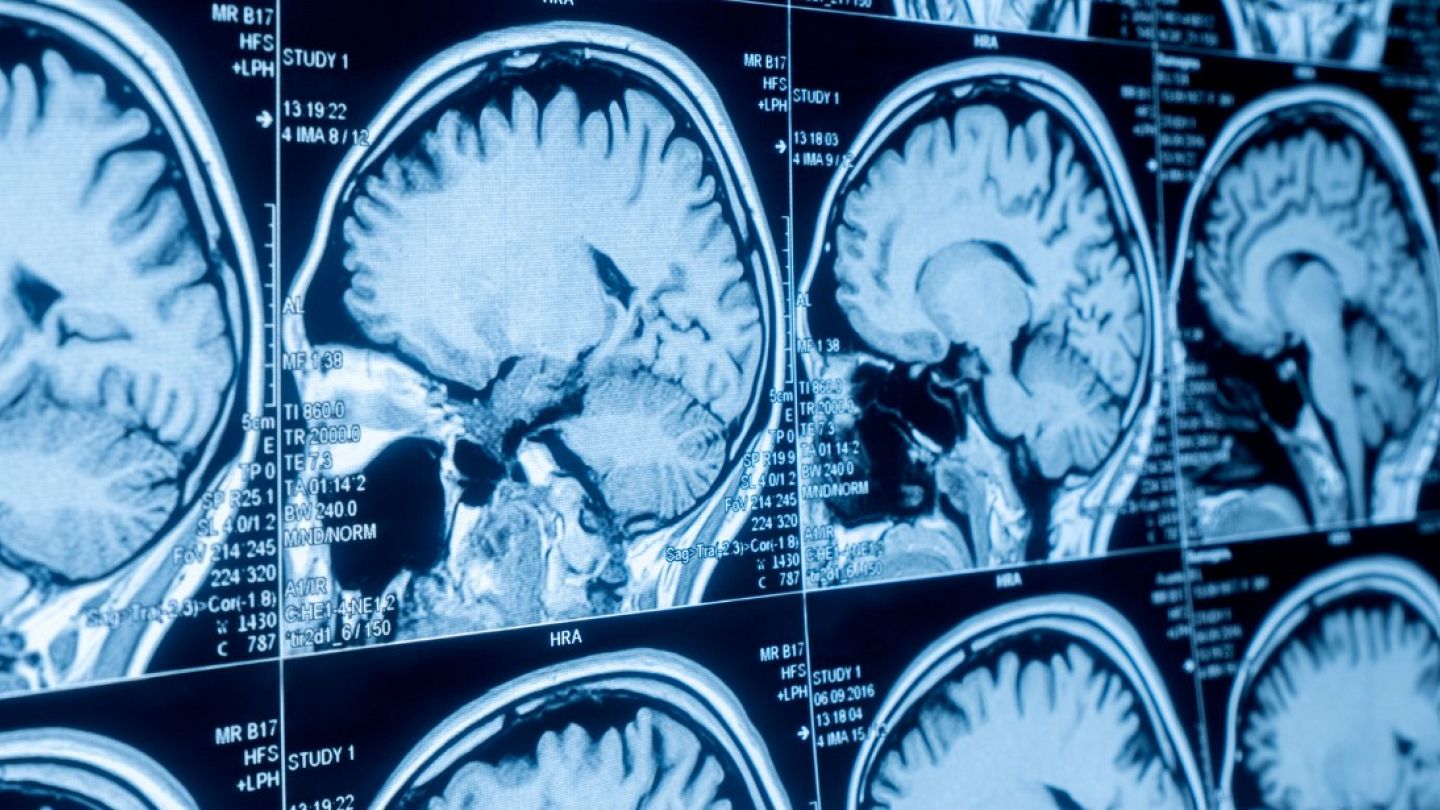Is Alzheimer's Hereditary?
Alzheimer's illness is a degenerative infection of the cerebrum that causes dementia, which is a continuous loss of memory, judgment, and capacity to work. This problem ordinarily shows up in individuals more seasoned than age 65, yet more uncommon types of illness show up prior to adulthood.
Cognitive decline is the most well-known indication of Alzheimer's sickness. Absent-mindedness might be unobtrusive from the start, however, the deficiency of memory demolishes over the long haul until it disrupts most parts of day-to-day living. Indeed, even in recognizable settings, an individual with Alzheimer's sickness might get lost or end up being confounded. Routine undertakings, for example, getting ready for dinners, doing clothing, and performing other family tasks can challenging. Furthermore, it might become challenging to perceive individuals and name objects. Impacted individuals progressively need support with dressing, eating, and individual consideration.
As the problem advances, certain individuals with Alzheimer sickness experience character and conduct changes and experience difficulty connecting in a socially fitting way. Other normal side effects incorporate disturbance, fretfulness, withdrawal, and loss of language abilities. Individuals with this infection, as a rule, require all-out care during the high-level phases of the sickness.
Impacted people for the most part endure 8 to 10 years after the presence of side effects, yet the course of the illness can go from 1 to 25 years. Endurance is generally more diminutive in people analyzed after the age of 80 than in those analyzed at a more youthful age. Passing typically results from pneumonia, hunger, or general body squandering (inanition).
Alzheimer's illness can be delegated beginning stage or late beginning. The signs and side effects of the beginning stage structure show up between an individual's thirties and mid-sixties, while the late-beginning structure shows up during or after an individual's mid-sixties. The beginning stage structure is significantly less normal than the late-beginning structure, representing under 10% of all instances of Alzheimer's sickness.
Read more about Alzheimer's.





.jpg)

.jpg)





.jpg)



No comments:
Post a Comment